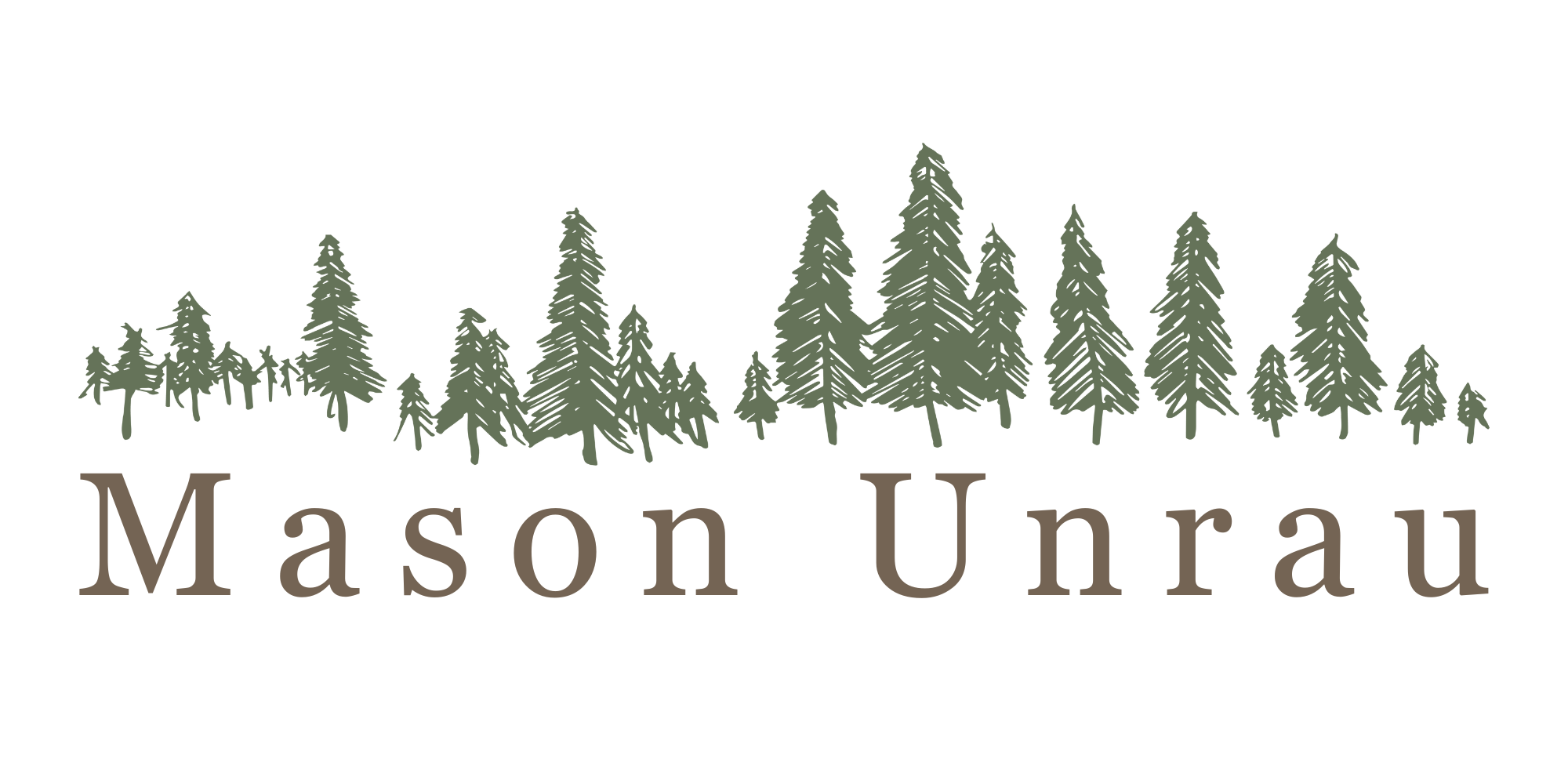Unsustainable Populations.
“I had a persistent concern that if any natural disaster occurred along that highway or near the city, there would be a stranded and vulnerable population.”
The quantity of resources Canada spends in the northern territories is flabergasting. While living in the Yukon, I was more aware of the risks the population experienced more than anywhere else I lived. Whitehorse has a population of ~35,000 people and only one road south. I had a persistent concern that if any natural disaster occurred along that highway or near the city, there would be a stranded and vulnerable population. From a sustainability and safety standpoint, continuing to invest millions into such a fragile region does not make sense. Of course, from a geopolitical perspective, this expense provides Canada with security. However, I wonder if it's worth the cost to the rest of the country.
Another question living in the north raised was what population of humans can an ecological region support? In rural Alberta, I did not need to confront this concern due to the vast agricultural land people could convert to grow human food instead of merely cash crops. The rural population could grow enough food to sustain itself. This luxury is fanciful in Whitehorse's mountain ecosystem. The only options would be hunting, foraging and the occasional micro-farm where the soil is not too acidic or cold. This concern stays with me now that I find myself again in a mountain ecosystem with no prospects of owning land due to the unattainable price.
The difference between living here and in Whitehorse is we were a 24-hour drive away from our familial support system, whereas here, it's a short 7 hours to my childhood home. Knowing that your support network is not a multiple-day journey through arduous roads gives me enough peace of mind to attempt to make a good life here.












